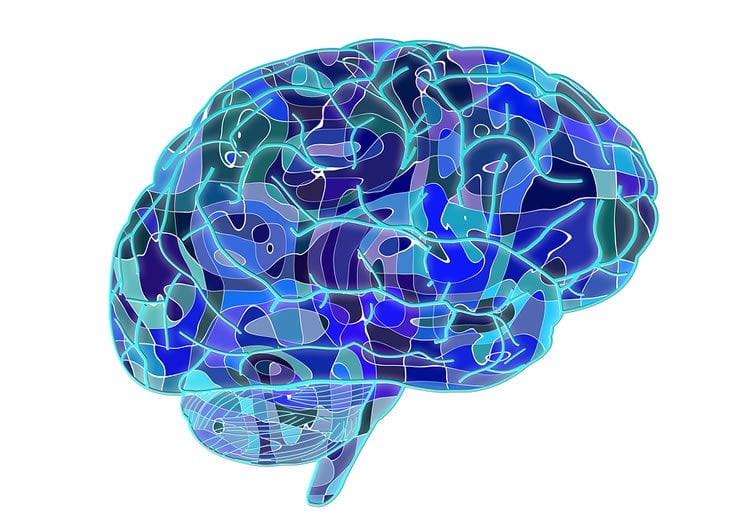Everyday actions activate bottom-up attention processes. Bochum researchers use hypnosis to study cognitive processes
Our brain automatically pays great attention to everyday actions linked to a social context. Researchers from Bochum have verified this fact with the aid of hypnosis.
Brain is sensitive for social information
An international research team has found that our perception is highly sensitised for absorbing social information. The brain is thus trained to pay a great degree of attention to everyday actions. The results are reported by neuroscientist Prof Dr Martin Brüne and philosopher Prof Dr Albert Newen, both from Ruhr-Universität Bochum (RUB), together with Eleonore Neufeld and other colleagues in the journal Consciousness and Cognition.
Hypnosis switches off attention precisely
For the purpose of the study, the researchers analysed bottom-up attention separately from targeted top-down attention. In order to separate both attention processes, the team used hypnosis. Thus, they switched off the top-down processes in their test participants. Hypnotised, the study participants viewed video clips where people put coins into different-coloured bowls. The researchers had expected that processing of social information – in this case everyday activities of other people – would be prioritised under hypnosis, because the brain processes them automatically in the bottom-up attention process.
Automatic processing of social information
Using electroencephalography (EEG), the research team recorded the signal that indicates in what way intentional actions are processed. They compared that specific signal, i.e. mu-suppression, in the hypnotised and non-hypnotised state. The result: mu-suppression was – as expected – stronger if the participants were hypnotised. If top-down attention processes are switched off through hypnosis, the brain thus prioritises the processing of social information. This suggests that everyday actions are generally given particular attention. “The research results support the view of humans as beings whose social competence sets them apart from animals,” says Albert Newen.

Analysing cognitive processes with hypnosis
The results thus support the Social Relevance Hypothesis, which postulates that the processing of everyday actions is automatically given more attention. Moreover, the project demonstrates to what extent hypnosis is a viable option for analysing cognitive processes.
Source: Katharina Gregor – RUB
Image Source: The image is in the public domain.
Original Research: Abstract for “Intentional action processing results from automatic bottom-up attention: An EEG-investigation into the Social Relevance Hypothesis using hypnosis” by Eleonore Neufeld, Elliot C. Brown, Sie-In Lee-Grimm, Albert Newen, and Martin Brüne in Consciousness and Cognition. Published online March 18 2016 doi:10.1016/j.concog.2016.03.002
Abstract
Intentional action processing results from automatic bottom-up attention: An EEG-investigation into the Social Relevance Hypothesis using hypnosis
Social stimuli grab our attention. However, it has rarely been investigated how variations in attention affect the processing of social stimuli, although the answer could help us uncover details of social cognition processes such as action understanding. In the present study, we examined how changes to bottom-up attention affects neural EEG-responses associated with intentional action processing. We induced an increase in bottom-up attention by using hypnosis. We recorded the electroencephalographic μ-wave suppression of hypnotized participants when presented with intentional actions in first and third person perspective in a video-clip paradigm. Previous studies have shown that the μ-rhythm is selectively suppressed both when executing and observing goal-directed motor actions; hence it can be used as a neural signal for intentional action processing. Our results show that neutral hypnotic trance increases μ-suppression in highly suggestible participants when they observe intentional actions. This suggests that social action processing is enhanced when bottom-up attentional processes are predominant. Our findings support the Social Relevance Hypothesis, according to which social action processing is a bottom-up driven attentional process, and can thus be altered as a function of bottom-up processing devoted to a social stimulus.
“Intentional action processing results from automatic bottom-up attention: An EEG-investigation into the Social Relevance Hypothesis using hypnosis” by Eleonore Neufeld, Elliot C. Brown, Sie-In Lee-Grimm, Albert Newen, and Martin Brüne in Consciousness and Cognition. Published online March 18 2016 doi:10.1016/j.concog.2016.03.002







